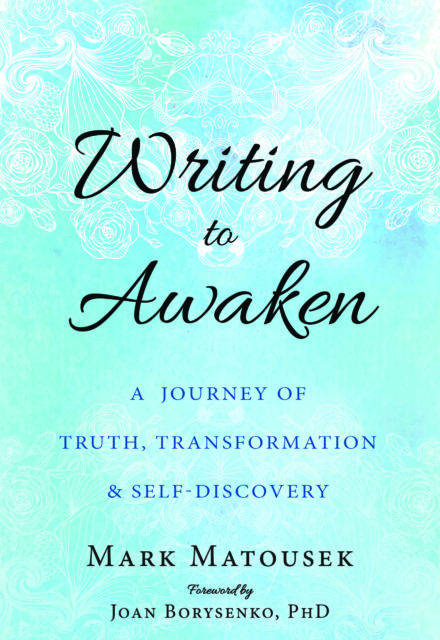Writing to Awaken
Introduction by Mark Matousek
I started to write compulsively when I was in the second grade: journals filled with secret thoughts and shameful truths that I could tell no one. Many writers begin this way, turning inward as children to look for answers they can’t find around them. These notebooks were my confessional, the place where I could reveal my true feelings and try to make sense of myself and the world.
I always felt better after I wrote. No matter how anxious, confused, or unsettled, my mind was clarified by writing. It was like flipping on a light in a darkened room; with words to describe what was blocking my way, suddenly I could see my way forward. Language helped navigate my inner world—I no longer felt helpless or trapped. Afterward, I could reread what I’d written and locate clues about who I was, what I was thinking, and why this person inside me was so drastically different from what others saw.
This difference came as a revelation. The voice pouring out of me onto the page, separating truth from lies, was my fearless and natural self. This self was hidden behind a mask, a fictional story that I called “me.” This mask wasn’t me by a long shot, however. Writing freely, without disguise, the gap between the mask and truth—between story and self—became glaringly obvious. Odd as this disconnect was at first, I realized that it was the gateway to freedom. Through it, a message emerged loud and clear: I am not my story. This life-changing truth has defined my work as a memoirist, teacher, and spiritual seeker over the course of thirty years.
